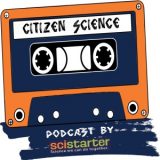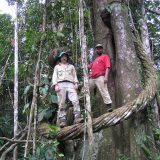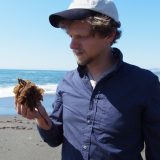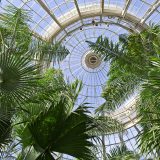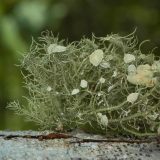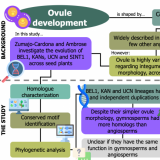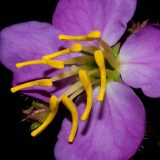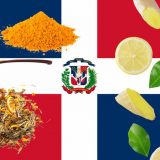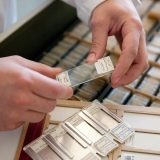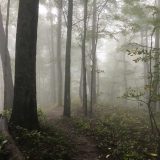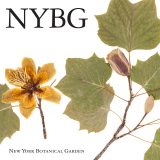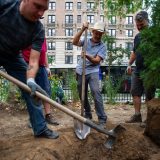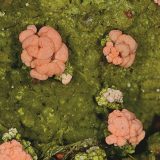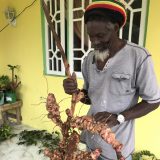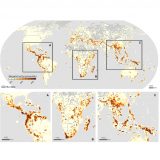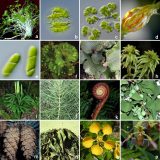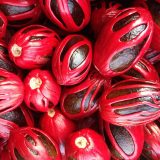Eight staff members with an average of 32 years of service in NYBG’s Plant Research and Conservation program and the LuEsther T. Mertz Library are stepping down in 2020.
Ever appreciative of its tradition of staff longevity, NYBG wanted to give these longtime employees the opportunity to take advantage of an outmoded retirement benefit known as Terminal Leave before it permanently expires on September 1, 2020, and offered a Voluntary Retirement Incentive Program to eligible staff across all divisions.
Many of our scientific and Mertz Library staff have spent significant portions of their professional careers at The New York Botanical Garden, and it is a bittersweet occasion when we recognize colleagues for their accomplishments, reflect on their scientific and institutional contributions, and wish them well for the future. These individuals have been leaders in their fields, and the Botanical Garden thanks them for their many decades of service and the important roles they have played in making NYBG one of the great plant research institutions of the world. While we wish them all well, we do not bid farewell to the curators who are retiring. They will continue their Garden-based projects and research activities as Curators Emeriti in the coming years.
Brian M. Boom, Ph.D.
Vice President for Conservation Strategy, Bassett Maguire Curator of Botany & Director of NYBG Press
(36 years of service)
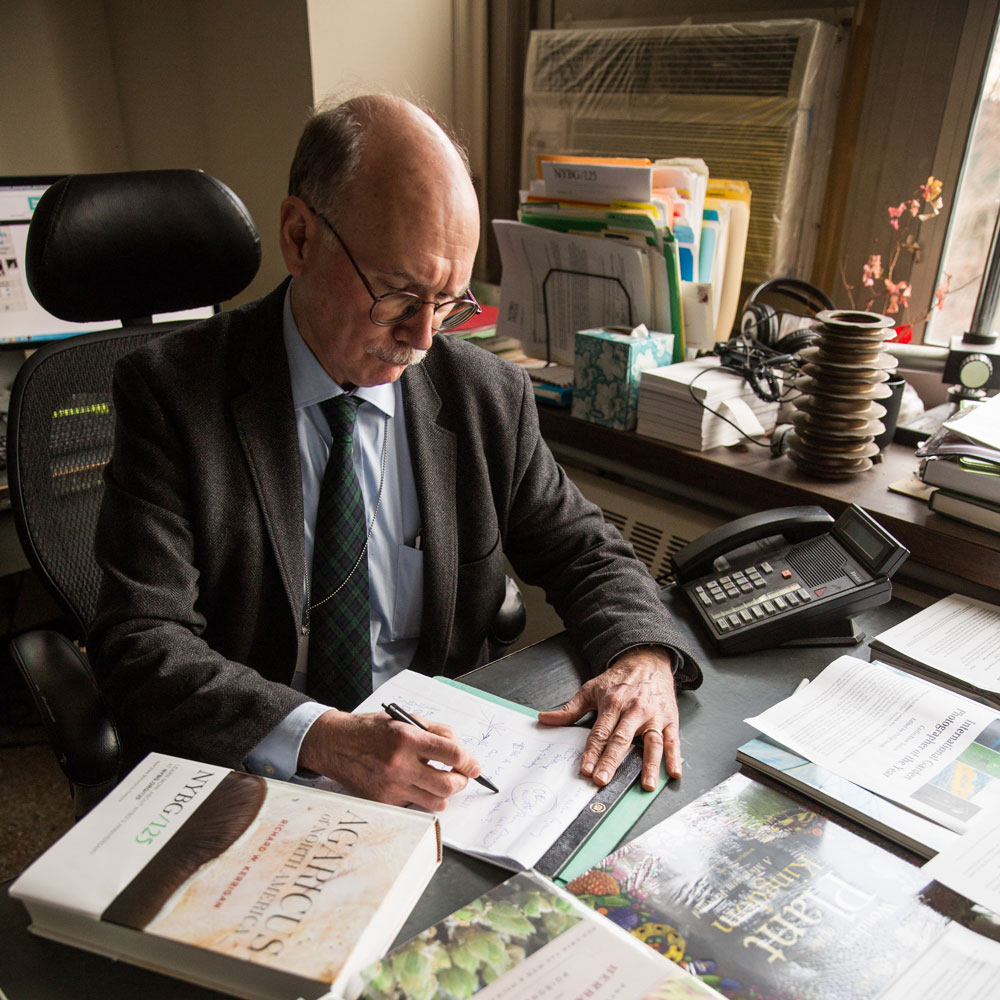
Brian is an expert in the coffee family (Rubiaceae) in the American tropics, but he has devoted most of his career to Science administration at the Garden. He served as NYBG’s first Vice President for Conservation Strategy, successfully launching the New York City EcoFlora Project, and he has also overseen the operations of the NYBG Press. Over the years, Brian has worked in Science Development, as Special Assistant to the President, as Director of the Institute of Systematic Botany, Director of the Caribbean Program, Director of Outreach, and as Vice President of Science.
Susan M. Fraser
Thomas J. Hubbard Vice President and Director of the LuEsther T. Mertz Library
(nearly 37 years of service)
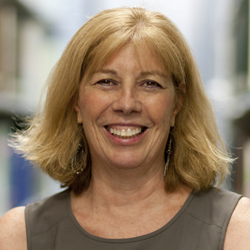
Susan has helped to secure the LuEsther T. Mertz Library’s standing as the world’s greatest library devoted to the botanical arts and sciences. Her knowledge of the collections, both general and special collections, has helped to inform breathtaking exhibitions, and her strong network of inter-organizational friends has been a great asset to the Mertz Library’s ability to acquire new collections and build collaborations. Her dedication to the Library has also led to many important grants, and she was central to the founding of the Humanities Institute.
Andrew J. Henderson, Ph.D.
Curator of Palms
(33 years of service)
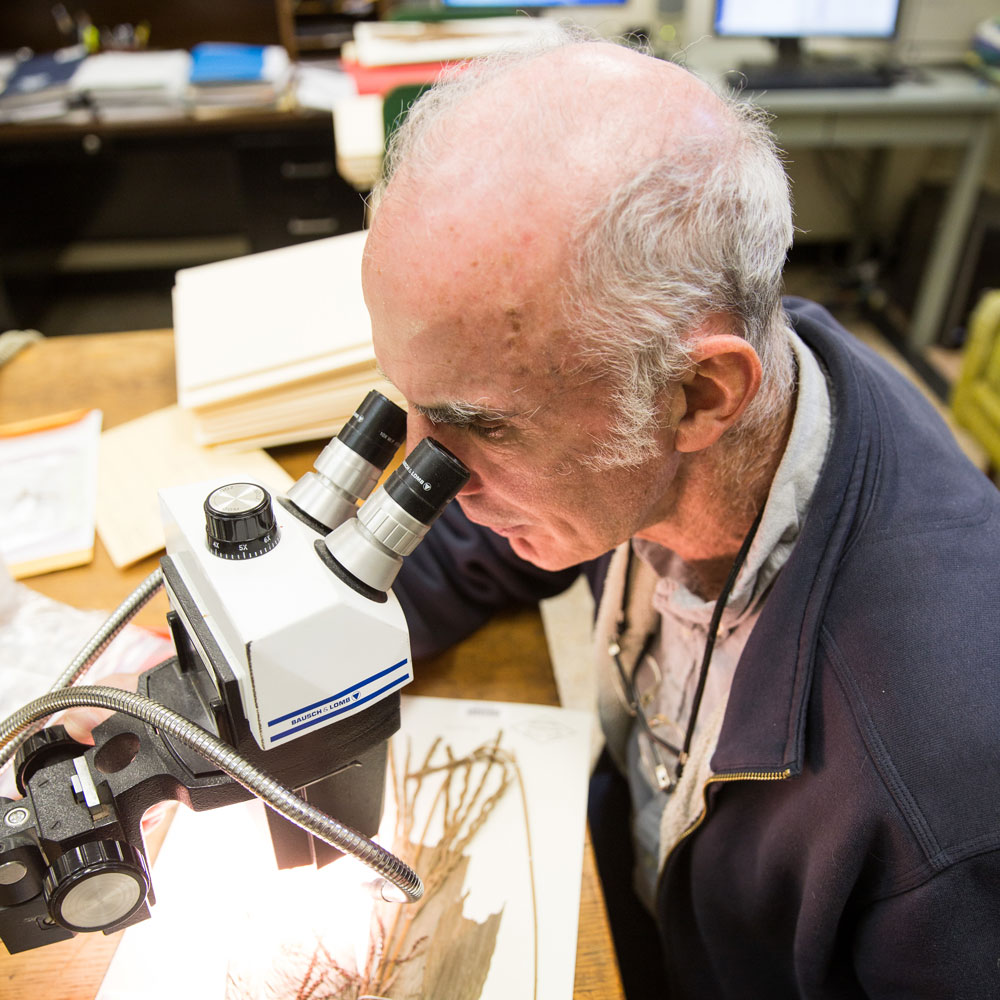
Andrew is a world authority on palms, and his field explorations have taken him to more than 35 countries on all continents except Antarctica. He has published 10 books devoted to cataloging the diversity of palms in regions including the Amazon and other parts of the Americas, southern Asia, Myanmar, and Vietnam, and he has published two books on rattans.
Robbin C. Moran, Ph.D.
Nathaniel Lord Britton Curator of Botany
(nearly 23 years of service)
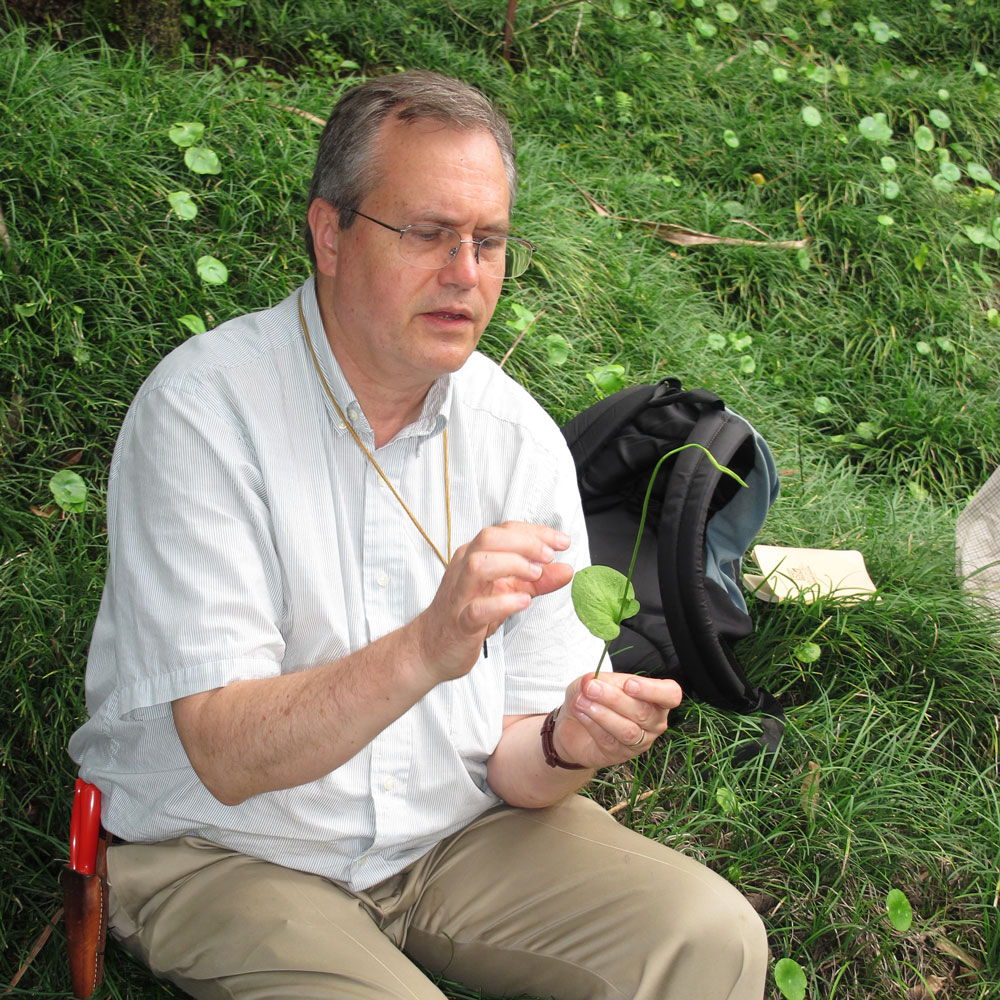
Robbin has devoted his career to the study of ferns and lycophytes in the American tropics. He is a dedicated teacher, and he has inspired generations of young scientists over many years of teaching courses in Tropical Plant Systematics and Tropical Ferns and Lycophytes. Robbin has served for 22 years as an Associate Editor of Brittonia.
Dennis W. Stevenson, Ph.D.
Vice President for Science and Cullman Senior Curator
(33 years of service)
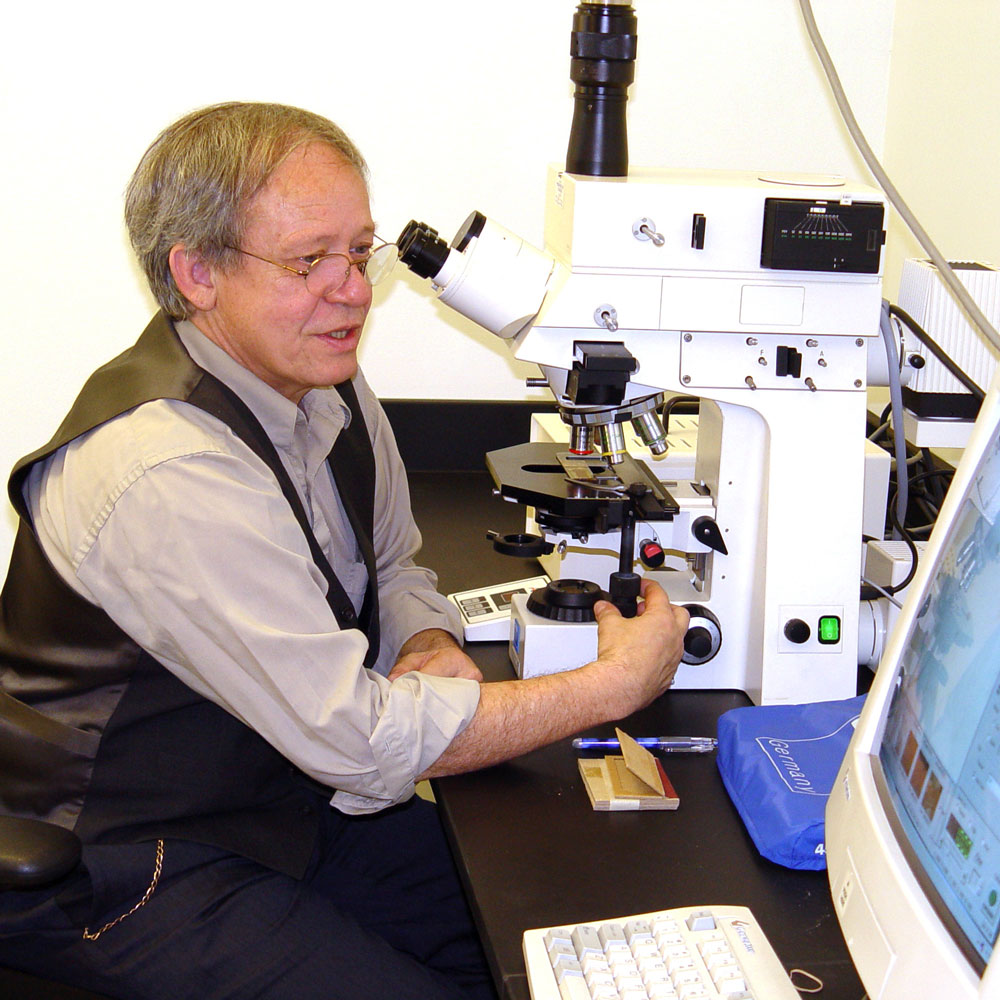
Dennis’ interests and specialties are wide-ranging. His colleagues most appreciate his encyclopedic knowledge of plant morphology and anatomy. In recent decades, he channeled his expertise and drive to develop the Garden’s well-funded and highly successful laboratory research programs in Molecular Systematics and Genomics. Dennis is a specialist in cycads but also has expertise and publications in everything from bryophytes to ferns and lycophytes, paleobotany, seed plant evolution, flowering plant phylogeny, and monocot systematics. Dennis was Editor-in-Chief of Botanical Review for 30 years.
Janice Stevenson
Manager of Special Projects
(nearly 33 years of service)

Jan has served in many roles for science outreach and conservation. She oversaw the growth of the science internship program and spearheaded development of a formal calendar of hands-on enrichment activities for participants. She developed and managed the Science Gallery Talk series, has overseen science exhibition content development, and has served as manager of the business functions of the NYBG Press.
William Wayt Thomas, Ph.D.
The Elizabeth G. Britton Curator of Botany
(37 years of service)
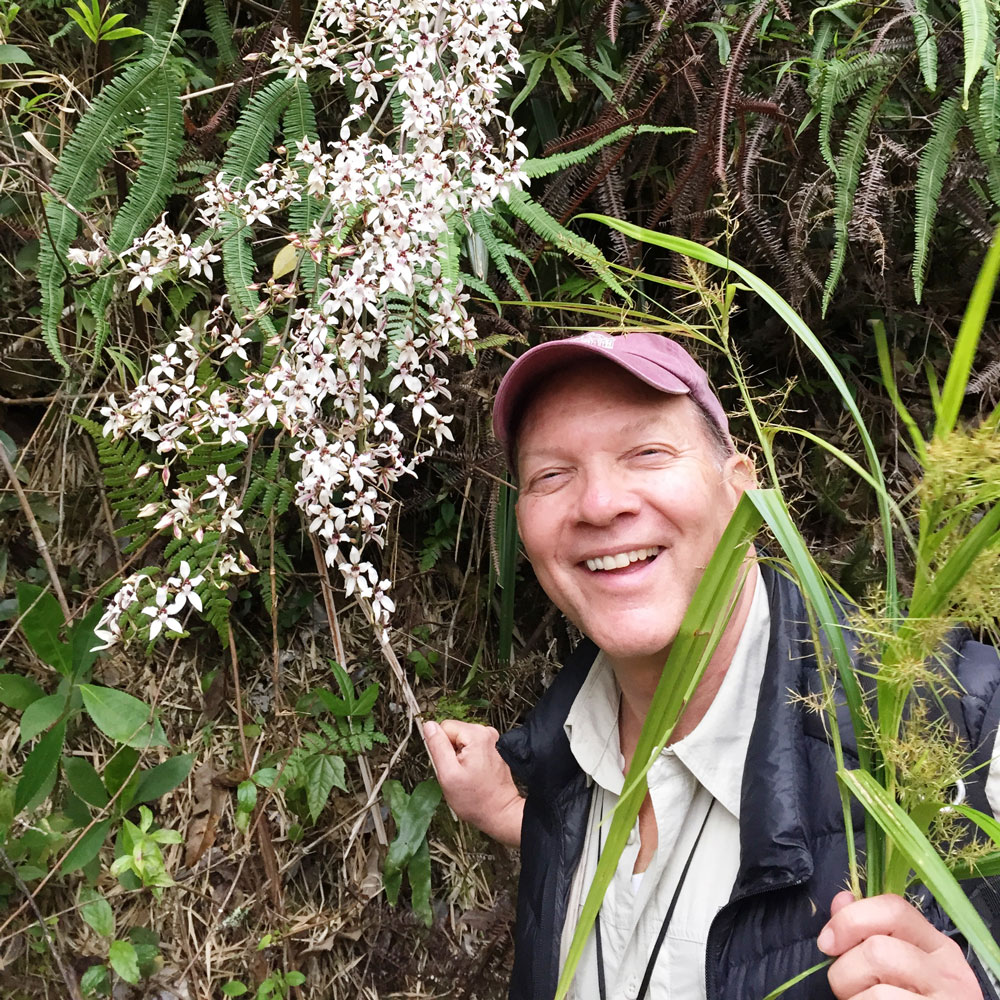
Wayt is a world expert on the flora of the Brazilian Atlantic Coastal forest, a highly diverse and endangered biome. In recent years, he collaborated with large teams of scientists to understand the evolutionary, geological, and climatic history of the Atlantic Coastal forests. Wayt is also a specialist in the sedge and tree-of-heaven families (Cyperaceae, Simaroubaceae).
Donald Wheeler
Mertz Collections Development/Technical Services Librarian
(nearly 25 years of service)
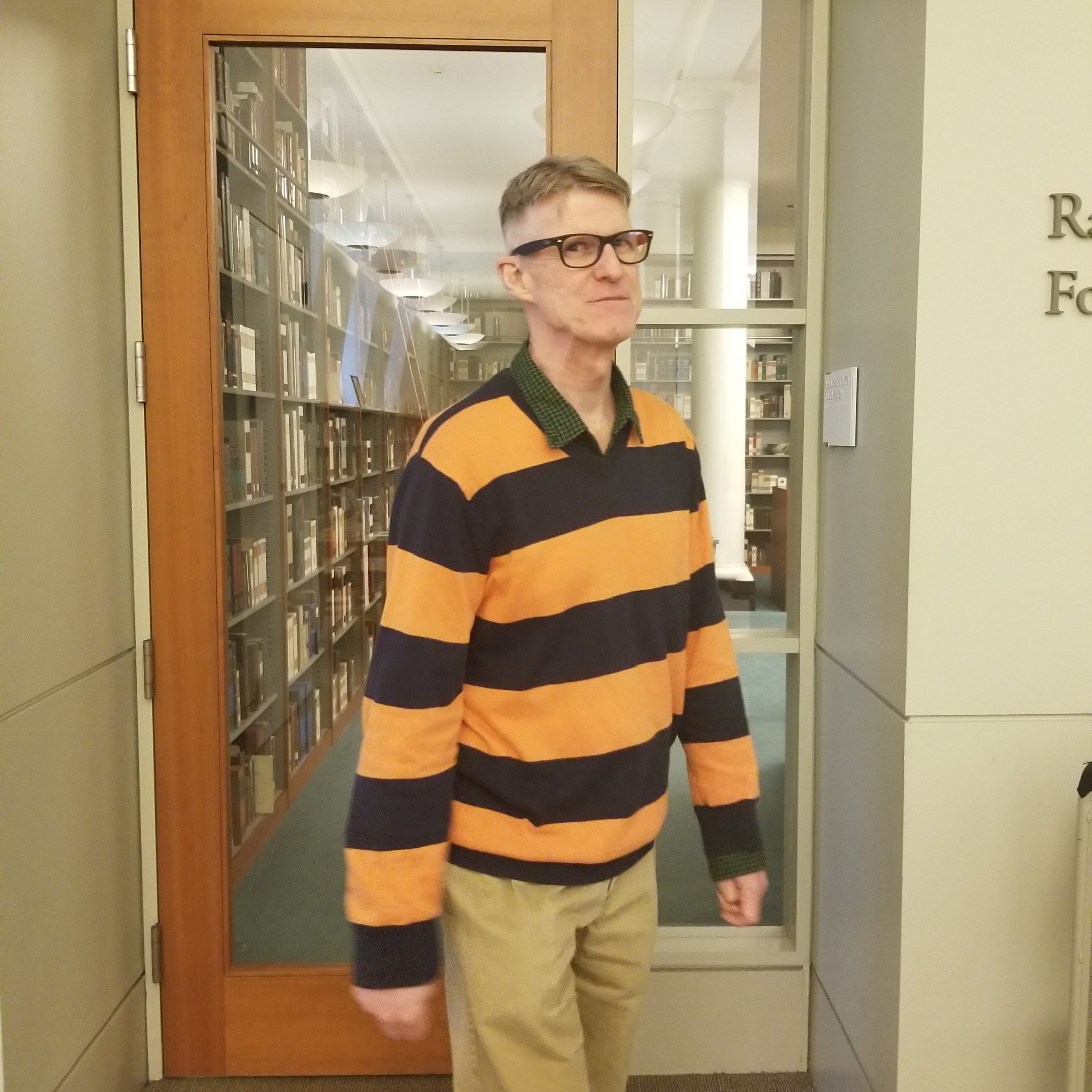
Don has served in many roles related to acquisitions, collection development, and technical services for the Mertz Library. His hard work and expertise over the years has built the Library’s collections to ensure the well-curated and comprehensive holdings for which it is so well-known. His success derives from his knowledge of the literature in plant science, horticulture and history, his intellectual curiosity, and his eagerness to engage colleagues and request input on collection development questions.

